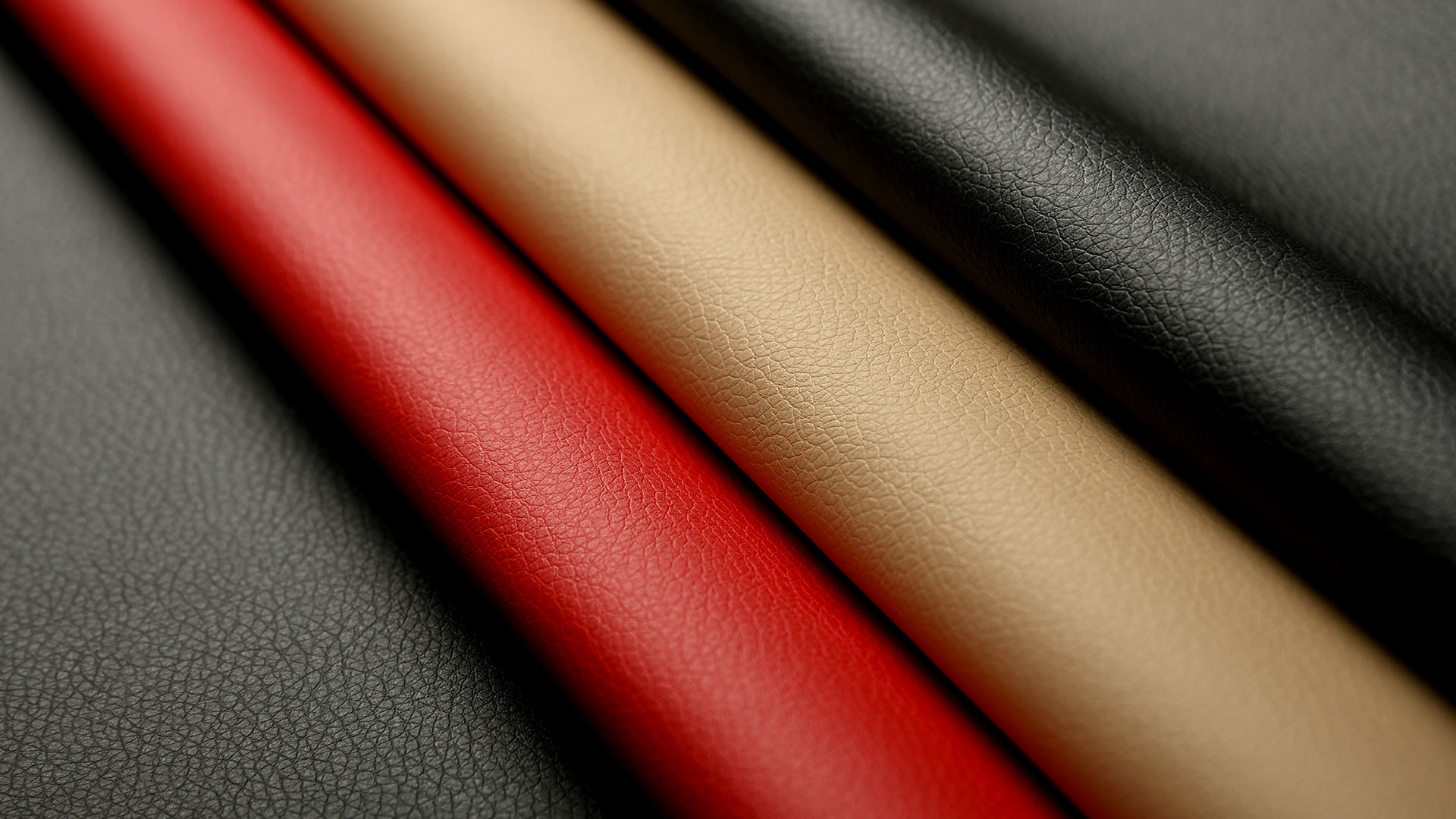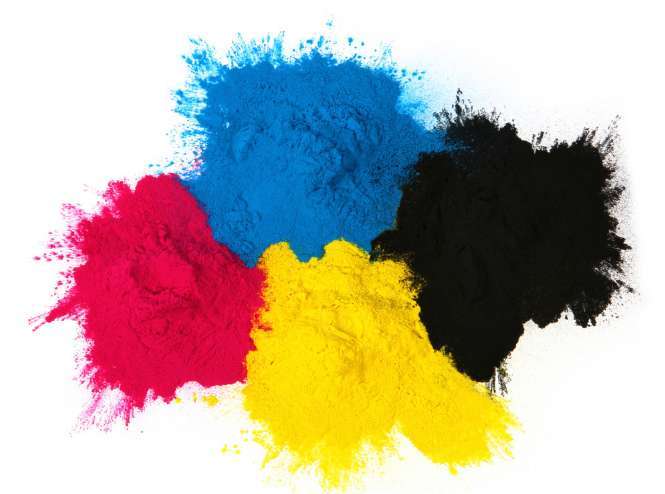Introduction to Acid Dyes
Acidic DyesRefers to water-soluble dyes that contain acidic groups in their molecular structure, also known as anionic dyes. They can bond with amino groups in protein fiber molecules through ionic bonds and are suitable for use under acidic, weakly acidic, or neutral conditions. They mainly consist of azo and anthraquinone structures, with a few being aromatic methane structures. Dyes and colors are generally compounds that have their own color and can impart vivid and durable hues to other substances in either molecular or dispersed states.
Acidic Dyes; Introduction
Acidic dyes have a complete spectrum, bright colors, and their lightfastness and wet processing fastness vary significantly depending on the type of dye. Compared to direct dyes, acidic dyes have a simpler structure, lacking long conjugated double bonds and coplanarity, which makes them less effective for dyeing cellulose fibers. Different types of acidic dyes have different dyeing properties and methods due to their varying molecular structures.
Acidic dyes are water-soluble dyes with acidic group structures that dye in acidic media. Most acidic dyes contain sodium sulfonate, are easily soluble in water, have bright colors, and a complete spectrum. Generally, they do not have dyeing power for cellulose fibers. Acidic dyes have a complete spectrum, bright colors, and the lightfastness and wet processing fastness vary greatly among different dyes. Different types of acidic dyes have different dyeing properties and methods due to their molecular structure. Acidic dyes are mainly used for dyeing wool, silk, and nylon, and can also be used for leather, paper, and inks. Generally, they do not have dyeing power for cellulose fibers.
Latest developments







